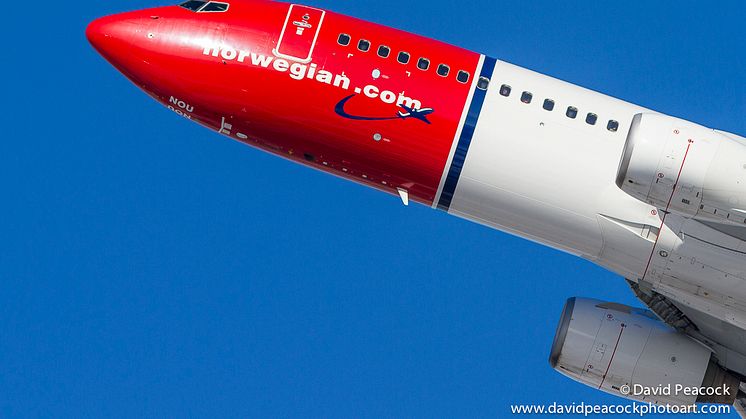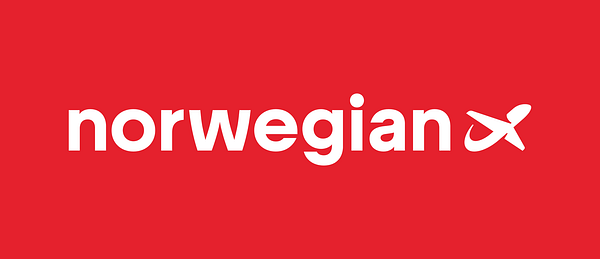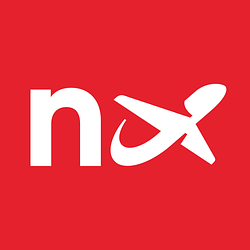
Press release -
Norwegian reports strong passenger growth and increased load factor in the first quarter
Norwegian today reported its first quarter results for 2014. The pre-tax profit (EBT) was -813 MNOK. Despite a seasonally weak quarter, the passenger growth is strong and the load factor high. The quarterly results are affected by the additional costs associated with wet-leasing replacement aircraft on long-haul routes, as well as a weaker Norwegian currency (NOK).
The total revenue in the first quarter was 3.55 BNOK, up 22 percent from the same quarter previous year. The company carried 4.9 million passengers, a growth of 24 percent. The company’s traffic growth (RPK) was up as much as 50 percent, which means that Norwegian’s passengers fly considerably longer distances than they did a year ago.
The first quarter results are also characterized by a solid production growth (ASK) with an increase of 48 percent. The load factor was 77 percent, up one percentage point compared to the same quarter last year. Adjusted for one-off costs and a weak Norwegian currency (NOK), the unit cost (CASK) was reduced by nine percent.
Additional costs related to the long-haul operation amounted to 78 MNOK in the first quarter. This includes wet-lease costs, additional fuel, as well as costs for accommodation, food and drink for delayed passengers who have been affected by the technical and operational problems associated with the long-haul operation.
During the first quarter, Norwegian has taken delivery of five new Boeing 737-800s and one Boeing 787-8 Dreamliner. This morning, Norwegian announced an order of an additional three 787-9 Dreamliners. Norwegian currently has five Dreamliners in its fleet as well as 12 on order. See separate press release.
“Traditionally, the first quarter is seasonally weak and in addition the figures have been significantly affected by a weak Norwegian currency (NOK) against the dollar and the euro. Also, the wet-lease of aircraft has negatively impacted the quarterly result. On the positive side, the passenger growth is strong and the load factor continues to rise, even with the company’s strong production growth. The strong competition in Norway reflects the prices, but Norwegian is becoming increasingly equipped to meet this competition,” said CEO Bjørn Kjos.
For detailed information, please see pdf attached.
Media
Contacts:
Chief
Communications Officer Anne-Sissel Skånvik, tel + 47 97 55 43 44
CFO Frode Foss, tel. +47 91 63 16 45
Topics
Categories
Norwegian Air Shuttle ASA, commercially branded “Norwegian”, is a low-cost airline listed on the Oslo Stock Exchange. Norwegian is the second largest airline in Scandinavia and third largest low cost carrier in Europe. More than 20 million passengers fly on its network per year. Norwegian has a route portfolio that stretches across Europe into North Africa and the Middle East, as well as long-haul flights to the US and Southeast Asia. The company has a total of 416 routes to 126 destinations and employs approximately 3,500 people in Norway, Sweden, Denmark, Finland, Estonia, UK, Spain and Thailand. The company has 258 undelivered aircraft on firm order. Norwegian was founded in 1993 and its headquarter is in Fornebu, Norway. In 2013, Norwegian was voted Europe’s best low-cost carrier of the year by the renowned SkyTrax World Airline Awards. Norwegian offers better leg room than most competitors, in-flight WiFi, world-class punctuality and a fleet of 93 aircraft with an average age of only 4.8 years.



